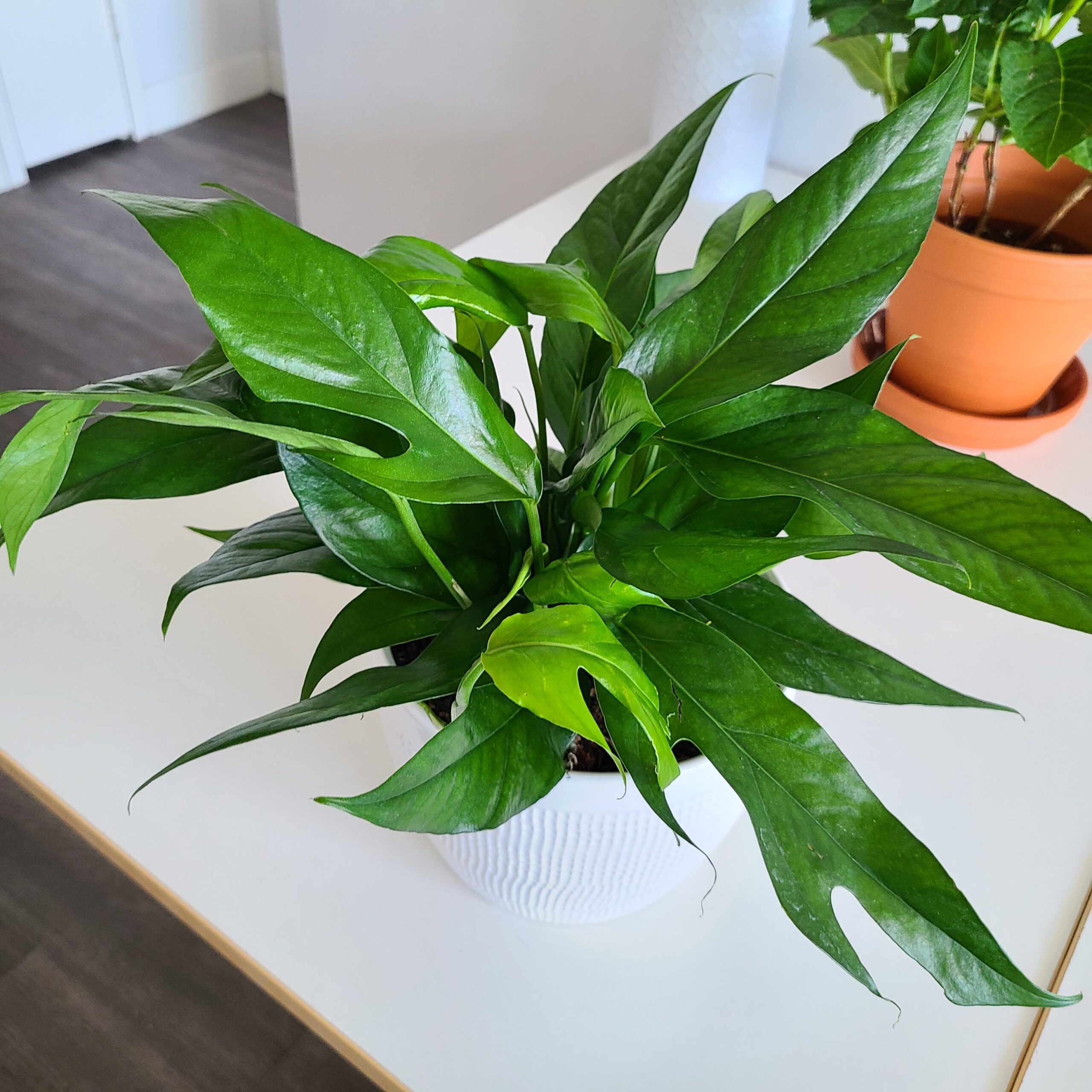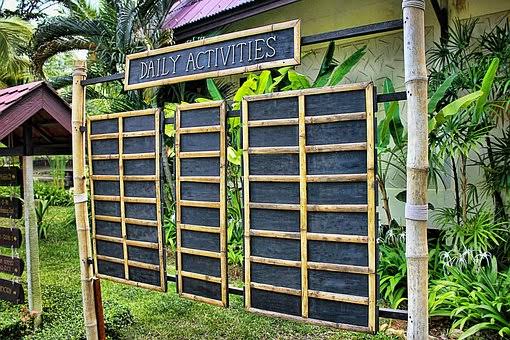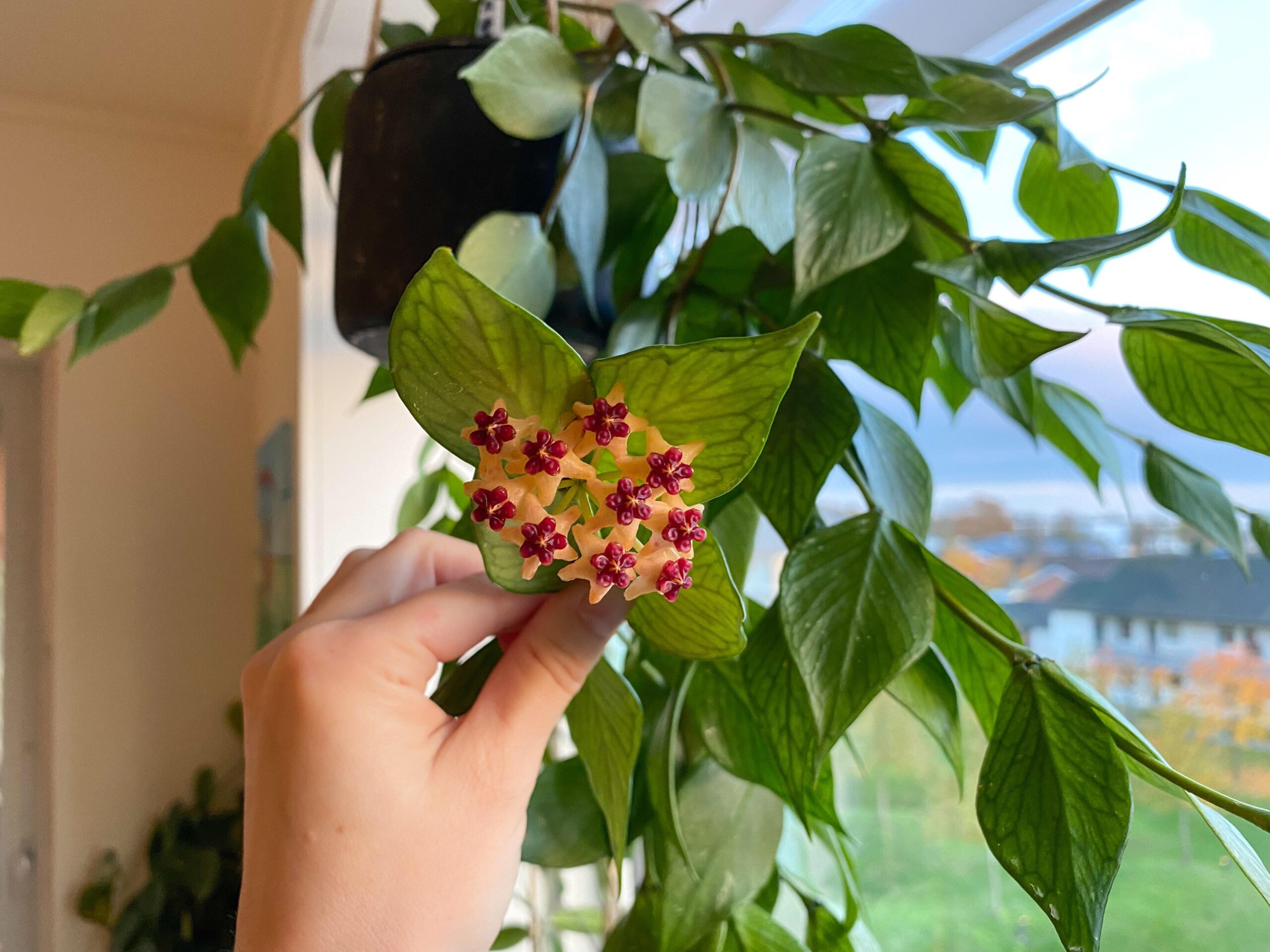Learn in detail about How to Care for and Propagate Baltic Blue Pothos in this informative guide for blue hues in your plant collection.
This pothos variety is a unique cultivar of the popular Epipremnum pinnatum plant species, known for its attractive blue-green foliage and striking fenestrations. This plant is a great addition to any indoor garden or office space. Continue to read more about How to Propagate and Care for Baltic Blue Pothos.
Baltic Blue Pothos Plant
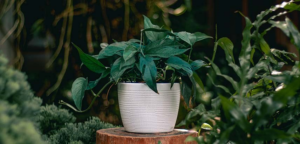
Baltic Blue Pothos (Epipremnum pinnatum ‘Baltic Blue’) is a climbing or trailing vine originating from Northern Australia, Malaysia, Indochina, southern Japan, China, and Taiwan. The foliage starts as rich green but develops a blue cast as it matures. This pothos cultivar is characterized by its striking fenestrations or lobes that become more prominent as it grows.
Although closely related to Epipremnum pinnatum ‘Cebu Blue,’ this pothos has darker foliage, and fenestration occurs earlier in its growth cycle. In contrast, Cebu Blue pothos has silver-blue leaves.
USDA Zones: 10-12
Botanical Name: Epipremnum pinnatum ‘baltic blue’
Mature Size: 10-12 ft. tall (as a houseplant), 20-30 ft. tall (outdoors in gardens)
Flowering Time: Spring, Summer
Bloom Color: White, green
How Big Do Baltic Blue Pothos Become?
The climbing vines of Baltic Blue pothos can attain remarkable heights of approximately 20 to 30 feet in their natural habitat. However, when grown indoors, the surrounding environment usually restricts this plant’s growth. It typically reaches a maximum height of 10 to 12 feet or length, depending on its cultivation method.
How to Propagate Baltic Blue Pothos
- Cut 5-6 inches long sections of the vine that contain a single node and root the cuttings in water or soil.
- Use well-draining potting mix, though regular garden soil can also be used.
- After propagating the cuttings, cover the nodes in the soil and keep the growing medium slightly moist without overwatering.
Tip: Use an 8-10-inch pot for growing it; while the plant grows, re-pot it into one size bigger container depending on its size.
Read: Do Pothos Like Humidity?
Ideal Growing Conditions for Baltic Blue Pothos
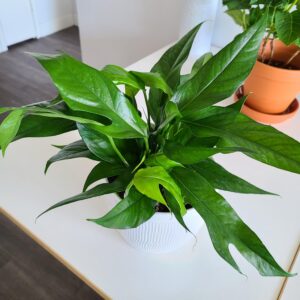
Location
Pothos is a versatile plant that thrives in a range of lighting conditions. It’s best to keep the plant in an area that receives both medium and high light spots. Avoid placing it in too sunny a location, as this can cause the foliage to become greener and lose its blue color. Ideally, an east—or west-facing window would be a suitable spot for your pothos.
Water
Baltic Blue Pothos prefers to dry out slightly between watering sessions. It’s essential to avoid letting the potting mix become overly wet or saturated for prolonged periods, as this can cause stress to the plant and lead to premature yellowing of the leaves. Always check the soil moisture level before watering.
Soil
For optimal growth, it requires a nutrient-rich and well-draining potting mix. To create a simple soil recipe, combine perlite, orchid bark, or pumice. Add a handful of horticultural charcoal to the potting mix for root growth.
Humidity
This Pothos can generally tolerate the average humidity in most homes and offices. However, when conditions are particularly dry, try to increase the moisture in the air.
Baltic Blue Pothos Care
Repotting
While Baltic Blue pothos can tolerate being slightly root-bound, it’s recommended that the plant be repotted every 2-3 years. When repotting, choose a pot that is one size larger or approximately 2 inches wider than the current container to allow for healthy root growth and development.
Fertilizer
Fertilize it twice yearly with a balanced liquid fertilizer diluted to half its strength. However, if you live in a cold climate, it’s best to discontinue feeding the plant during the winter months.
Pruning
Pinch back the new growth regularly to maintain a compact shape for your pothos. This encourages the plant to branch out. You can prune the plant at any time of the year to maintain its shape.
Pests and Diseases
This pothos is a robust plant that is generally not susceptible to pests and diseases. However, common pests like mealybugs, spider mites, thrips, and scales can still affect the plant.
To prevent these issues, you can create a solution of 4 parts water and 1 part 70 percent isopropyl alcohol and apply it to the plant weekly. Additionally, you can use systemic pesticides to repel thrips.
Toxicity
Keep the plant out of reach of pets and children, as Baltic Blue Pothos can be toxic if ingested.

